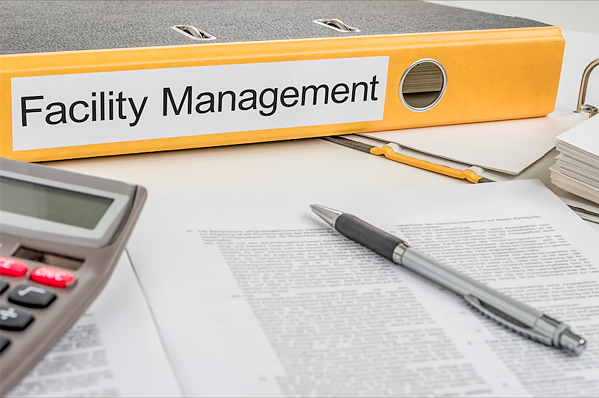
We all wish we could live in a world where disasters do not exist, but the reality is that a wide range of different types of disasters can strike at anytime, endangering the safety of your building's occupants and causing damage to the building itself.
"Disaster training" can help prepare employees for a worst case scenario and alleviate some of the chaos that disasters tend to bring. Having alarm systems installed, evacuation routes mapped onto walls and doors, designating off-site and on-site assembly points, and conducting training seminars that detail how to respond during emergency situations can all help. Planning ahead and outlining procedures for each possible scenario is key to successfully handling the unexpected.
Some disaster scenarios that illustrate the kinds of problems to expect, how they might be dealt with, and how to adapt for the future include the following:
-
In Hawaii, Randy Moore, an assistant superintendent over numerous school facilities, has to deal with the threat of a tsunami. If an underwater earthquake occurs, say, in Alaskan waters, he might only have up to 4 hours to make decisions and implement them. If kids are at school when the warning is given, they must either be bused back home or kept at a nearby evacuation site. It is undesirable to separate students from their parents for hours or days, but buses could get stuck in congested traffic before they are able to drop off kids at their homes. Mr. Moore must be able to quickly judge the situation and act appropriately without undue delay. This same quality is needed in managers of every facility when any disaster strikes, for employees and/or clients will need to be evacuated to a safe location, and decisions will need to be made as to how to best accomplish that.
-
At Rowan University in New Jersey, vice president of facilities Michael Harris had to manage the aftermath of Hurricane Irene. A foot of rain fell for 4 hours in August, and the hurricane came 2 weeks later to an already flooded campus. The Red Cross activated its contract with the university to house 1,200 refugees for several days following the storm. The concrete floor on which the displaced persons were to be kept was already ruined by the earlier flooding, and so some emergency improvising had to be done. The floor was torn up and re-cemented with some of the doors sealed shut to prevent water from getting in. Property damage was endured, but no one was hurt or killed. Now, the university has a better understanding of how to prepare for such an emergency should it ever recur.
-
David Bryant, manager of Transwestern's facilities in Dallas, TX, had to deal with a very unexpected winter ice storm. For the first time, he had to work to de-ice pathways to the building and prevent melt-off from becoming a slipping hazard. Texas roofs are not normally built to withstand snow load, and the roof also began to leak. Bryant has now taken steps to incorporate severe winter weather into his disaster preparedness plan, despite the fact that such incidents are rare in the area. This goes to illustrate that even unlikely scenarios should receive some attention in your facility's disaster response plans, otherwise chaos will reign whenever a small-odds event becomes a reality.
Drilling staff on how to respond during disaster situations and preparing your building to endure the event will greatly increase your odds of safely "riding out the storm." While it is impossible to know for sure how personnel will react to a situation never experienced before, having a solid reaction plan in place is the best way to guard against unexpected disasters.


